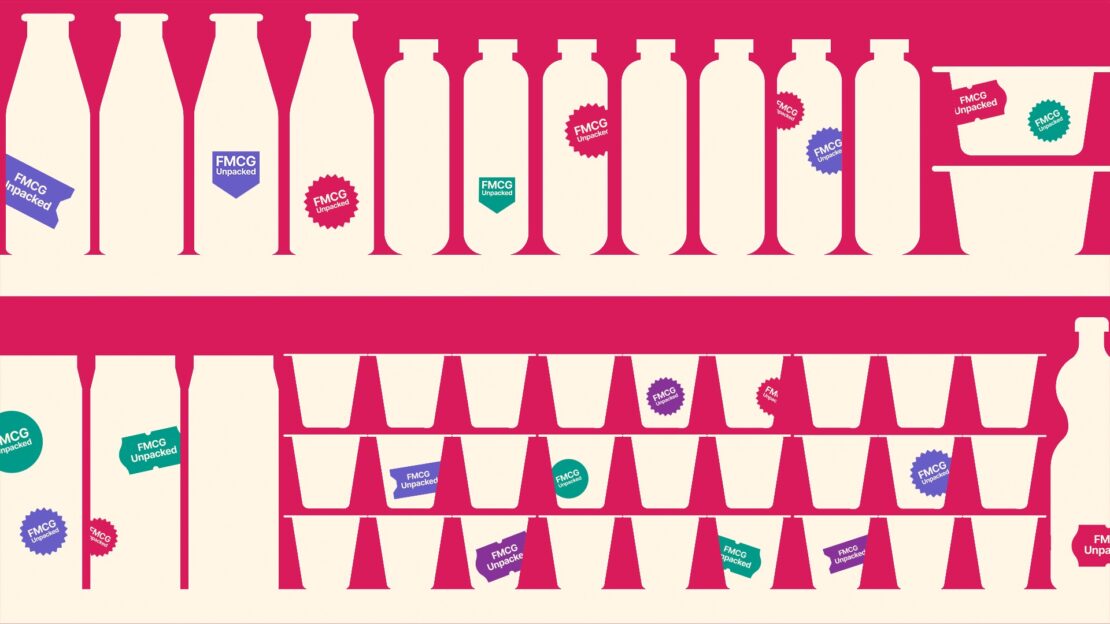How to approach the most challenging reporting cycle in ten years
Oktober 6th, 2023
Coronavirus has turned the world upside down, exacting tremendous toll of human sufferings and precipitated the worst economic downturn since the Great Financial Crisis. Ready or not, the first quarter reporting season is here. How should management address key issues during the most challenging reporting cycle in ten years? Shiwei Yin, Senior Account Director at Grayling NY, shares his insights.
Extreme volatility and record speed with which stock markets entered bear territory reflect extraordinary uncertainty surrounding the spread of the virus and how and when societies might recover from the systemic shock. If development of vaccine is the singular challenge on the scientific front, then providing visibility in an uncertain environment is the highest virtue management could achieve on the investor communications front.
Impact on business
Except for a small number of companies that may have seen increase in business activities, most companies are grappling with highly challenging realities – sudden and significant loss of revenues due to lockdown orders and somewhat fixed overhead costs.
Management ought to transparently explain the variance in quarterly results whether it is a normal part of business operation or negative impact as a result of the virus outbreak. While timing of business restart and revenue side of things ultimately come down to government orders, management should spend more time than usual talking about how they are managing fixed and variable costs to buffer the downfall on the bottom line.
If it is of any comfort, expectation has come down substantially. According to FactSet, analysts now expect negative earnings growth for S&P 500 of 5.2% in the first quarter, negative 10% in the second quarter as well as negative earnings growth for calendar year 2020. In fact, a case could be made that now is not a bad time to part with one-time items so business can restart anew when normalcy returns hopefully later in the year.
Liquidity
All modern financial crises end up as liquidity crisis in one form or another, and this one is no different.
Liquidity concern can be expressed via widened fixed income spread. According to Bloomberg and Guggenheim Investments, from year end 2019 to April 2, 2020, spread level on leveraged loans blew out from 461 to 988, while the latter value hit the percentile indicating that 95% of the time these loans traded at or below such spreads historically. For high yield bonds, the spike in spread was more dramatic, partially reflecting liquidity concern for shale oil companies which accounted for a large part of the high yield market.
Actions to shore up company’s liquidity position would be viewed favorably by investors at this point in time. Management should re-evaluate dividend and share buyback policy for liquidity as well as optics reasons given the Boeing fiasco and its spreading political blowback. At least 50 U.S. companies have suspended existing share repurchase authorizations in the past two weeks. Goldman Sachs forecasts that S&P 500 dividends will fall by 25% and buybacks will plummet by 50% compared with 2019 levels.
If the company needed to raise cash and were in a position to do so through issuing securities, such action could also inspire investor confidence. On March 31, the beleaguered cruise ship company Carnival announced to suspend stock buyback and dividend on top of selling common stocks and private debt. The combination of actions eased investor concern about the company’s liquidity and Carnival’s stock price gained 20% on the day.
Filing and guidance
SEC announced a 45-day extension to qualified issuers allowing them to file certain disclosure reports that would otherwise have been due between March 1 and July 1, 2020. If a company’s business was materially and negatively impacted by the virus outbreak, management could take advantage of the regulatory relief to tend to the wellbeing of its employees and customers while not having to rush through the reporting process.
More than 150 U.S. companies (such as Visa, Twitter, Target, Domino’s Pizza, Deere, Quest Diagnostics, Gap, Square, Best Buy, Kohl’s, Yelp, FedEx, Ulta, Expedia, Southwest, United Airlines, etc.) have withdrawn their guidance for 2020 and the list continues to grow.
The recommendation here is straightforward – if management no longer feels comfortable meeting previously issued guidance, it is time to update or withdraw such guidance. If guidance is quarterly in nature, it would be a good idea to pre-announce the change instead of waiting until the day of reporting. For annual guidance, it makes less difference whether to announce the change in guidance prior to or as part of reporting.
Last but not least, we wish you the best of health and luck in this trying time. If there’s anything that Grayling could do to help, please do not hesitate to get in touch: Lucia Domville, Managing Director, Grayling New York.

